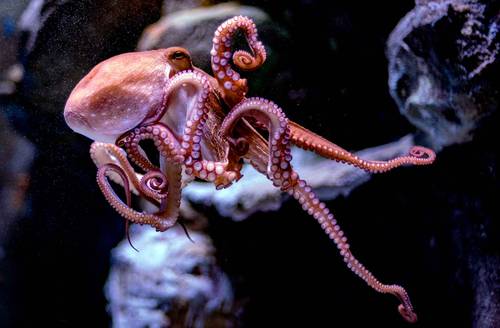The Mayan octopus, a species native to the Yucatan Peninsula, is at risk of extinction due to the effects of climate change. According to José Iván Velázquez Abunader from Cinvestav, rising temperatures and changes in water currents are disrupting the reproductive cycles of these marine creatures. The ideal temperature for their survival and growth is between 24 and 26 degrees, but with global warming causing temperatures to rise, these conditions may no longer be available in the future.
The Mayan octopus also faces challenges with food availability, as its primary diet consists of crustaceans and fish that are becoming scarce due to overfishing and other factors. This can lead to malnutrition and reduced reproductive rates, making it harder for them to survive. In addition, extreme weather events such as storms and hurricanes can directly damage their habitats, making it more difficult for them to thrive.
These threats highlight the challenges faced by marine species in a changing environment. Aside from habitat disruption and altered reproductive cycles, food availability is also a significant concern. The cultural and ecological significance of the Mayan octopus to the Yucatan Peninsula underscores the importance of addressing climate change and its effects on marine life.
The discovery of the Mayan octopus in 1966 revealed unique characteristics that set it apart from other species. Despite initially being mistaken for a common octopus, researchers identified specific traits that distinguish the Mayan octopus, such as its lack of a paralarva stage and unique dispersion patterns. Understanding the biology and behavior of these creatures is crucial for their conservation and protection in the face of climate change.
In conclusion, climate change poses significant risks to marine life, including the Mayan octopus. Addressing these threats requires a comprehensive understanding of how changing environmental conditions impact marine species’ survival and growth. Conservation efforts must consider not only habitat disruption but also food availability and other factors that affect marine life’s health and reproduction rates.



